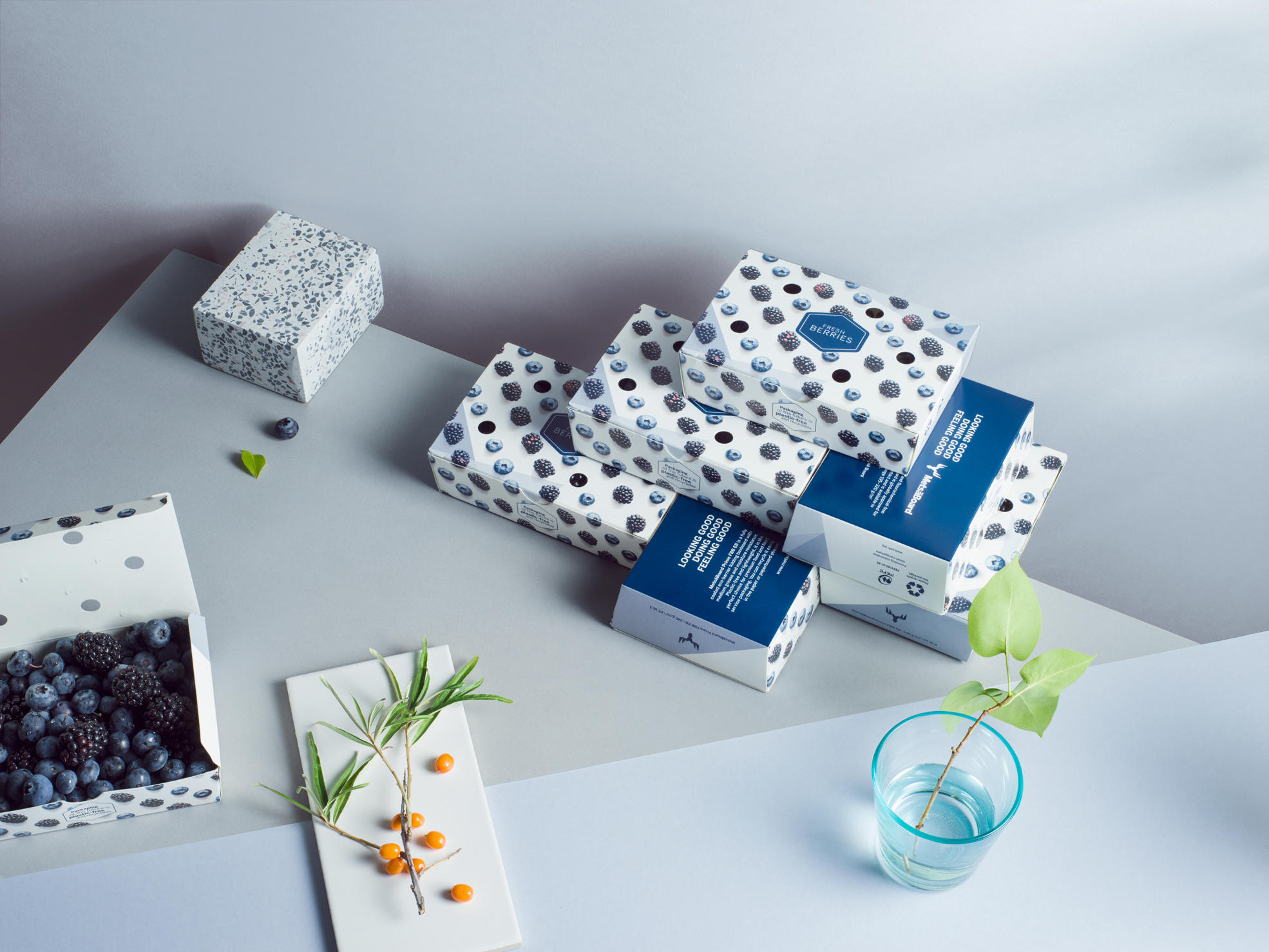The end use of a packaging material largely determines the type of raw material that can be used in its production. For example, in food packaging, the purity and safety of the packaging is crucial, and for this end-use, fresh fibre is the right choice.
When considering the carbon footprint of cartonboard, the most relevant factors are 1) the energy used in the production process and 2) the (light)weight of packaging material. Out of all energy Metsä Board uses, 90% is fossil-free, and our goal is to have 100% fossil-free production by the end of 2030. We also have a long tradition and experience with lightweight paperboards, and we will continue to invest in this. Our paperboards use less raw materials, water and energy. In the transport chain, lightness results in lower emissions and less waste after use. At its best, the carbon footprint of packaging made from Metsä Board's fresh fibre paperboard is more than 50% smaller than that of recycled fibre or solid bleached board packaging of equivalent stiffness (Ecoinvent database).
We operate in accordance with the principles of the circular economy. Our main raw material is renewable and traceable wood. We recycle more than 99% of the by-products of our production. On average, we recycle water 12-14 times in our board mills and up to 30 times in our BCTMP mills. In addition, all our paperboards are recyclable and most are compostable.
